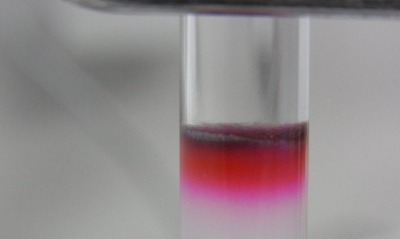2023.06.29
Chlorophylls are widely known pigments that collect light energy in photosynthesis. On Earth, more than one billion tons of chlorophyll are synthesized annually. Since they are molecule synthesized exclusively by photosynthetic organisms (i.e. plants), they retain information about the euphotic layer of Earth's surface environment. The biological and chemical aspects of the chlorophyll molecule have long been studied, and hence its synthesis and metabolism are now very well understood. With this strong background, chlorophylls have great potential as a tool for geoscience.
Chlorophylls are degraded by various chemical reactions and microbial activities after the death of plants, but some of them are preserved in sediments on the seafloor. Chlorophylls (and their degradation products) in sediments are valuable ‘biomarkers’ that tell us about past biological production, and their carbon and nitrogen isotope ratios provide rigorous information about the carbon and nitrogen cycles at the time of sediment formation. Interestingly, a variety of tetrapyrrole structures, the central ring of the chlorophyll molecule, are found in sediments (and sedimentary rocks) over even longer period of time. They are called ‘porphyrins’ and have sometimes been extracted from sediments more than one billion years old. Few other nitrogenous compounds have been preserved for such a long period of time, and their carbon and nitrogen isotope ratios remain as they were at the time of production. Porphyrins, along with the highly indicative nature of chlorophylls, the compounds from which they originated, provide a unique approach for understanding the ancient Earth's environment.
